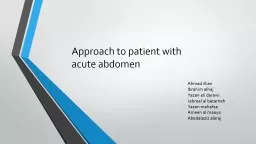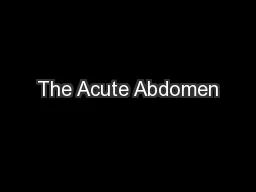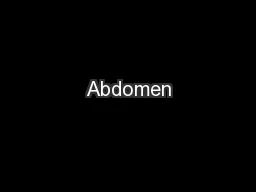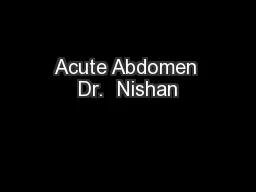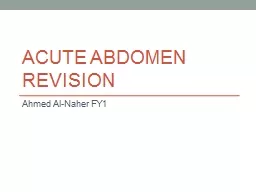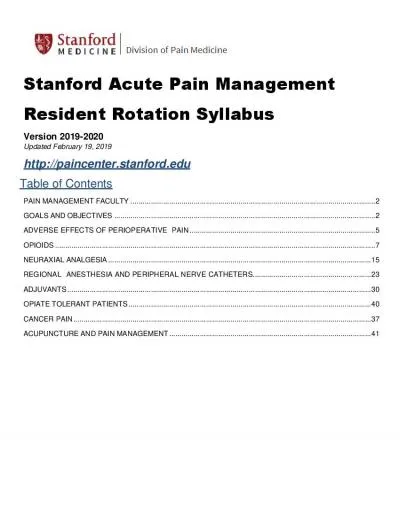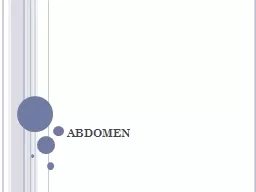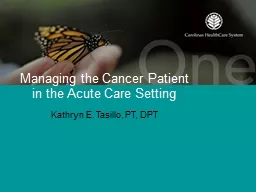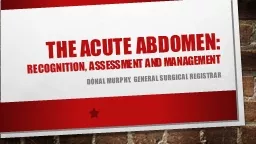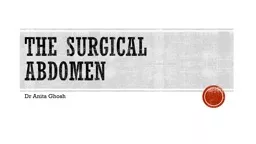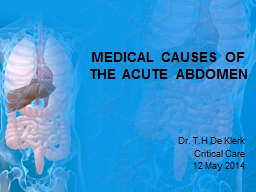PPT-Approach to patient with acute abdomen
Author : margaret | Published Date : 2022-02-10
Ahmad illian Ibrahim alhaj Yazan ali darawi Jebreel al batarneh Yazan mahafza Ameen al maaya Abedalaziz alaraj INTRODUCTION Acute abdomen is defined as the
Presentation Embed Code
Download Presentation
Download Presentation The PPT/PDF document "Approach to patient with acute abdomen" is the property of its rightful owner. Permission is granted to download and print the materials on this website for personal, non-commercial use only, and to display it on your personal computer provided you do not modify the materials and that you retain all copyright notices contained in the materials. By downloading content from our website, you accept the terms of this agreement.
Approach to patient with acute abdomen: Transcript
Download Rules Of Document
"Approach to patient with acute abdomen"The content belongs to its owner. You may download and print it for personal use, without modification, and keep all copyright notices. By downloading, you agree to these terms.
Related Documents

